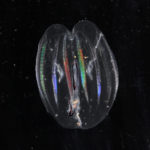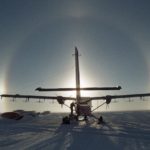OceanGliders: a component of the integrated GOOS
2 October, 2019 by Hugh Venables, Alexander Brearley, Michael Meredith, Sophie Fielding
The OceanGliders program started in 2016 to support active coordination and enhancement of global glider activity. OceanGliders contributes to the international efforts of the Global Ocean Observation System (GOOS) for…Read more on OceanGliders: a component of the integrated GOOS



































